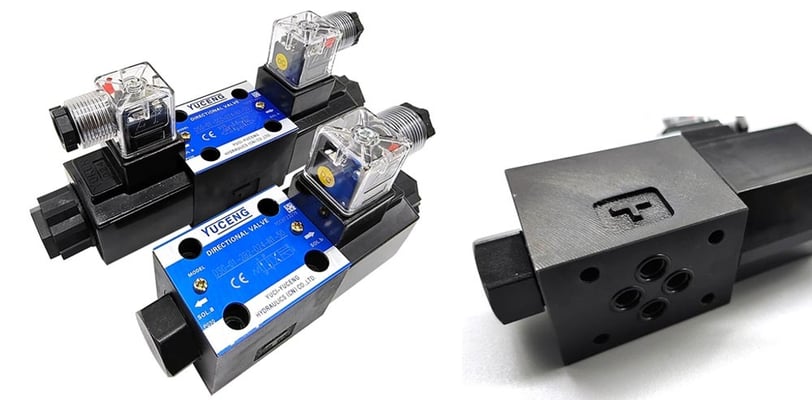Common Yuken DSG-01-3C2 Marine Equipment Hydraulic Directional Control Valve Failure and Troubleshooting Methods
12/27/20241 min baca


Understanding the Yuken DSG-01-3C2 Valve
The Yuken DSG-01-3C2 is a hydraulic directional control valve widely used in marine equipment for its reliability and efficiency. However, like any mechanical component, it can encounter issues that can disrupt its functionality. Knowing the common failure points and having effective troubleshooting methods is essential for maintaining optimal performance in hydraulic systems.
Common Failures of the DSG-01-3C2 Hydraulic Valve
One of the most frequently noted issues with the Yuken DSG-01-3C2 is leakage. This could stem from worn seals or O-rings, which can lead to decreased hydraulic pressure, causing the system to perform inefficiently. Another issue could be improper spool movement, which may result from dirt or debris clogging the valve. If the spool becomes stuck, it can prevent fluid flow, potentially leading to system failure.
Troubleshooting Methods for Quick Diagnosis
Identifying problems with the Yuken DSG-01-3C2 is vital for early intervention and remediation. Start by examining the hydraulic fluid levels; low levels can indicate leaks. Conduct a visual inspection for any obvious signs of wear or damage, especially in seals and hoses. Use a multimeter to check for electrical failures in solenoids if the valve is electronically controlled. Regular maintenance, including cleaning of the valve and replacing worn components, ensures longevity and reliability.
If issues persist even after initial checks, a more thorough analysis must be conducted. Monitoring the pressure levels during operation can reveal if the valve is maintaining adequate pressure. If pressure readings fluctuate greatly, further investigation into the internal components of the valve may be required.
In conclusion, understanding the common failure points of the Yuken DSG-01-3C2 hydraulic directional control valve and utilizing effective troubleshooting methods can significantly reduce downtime and maintenance costs in marine operations. Regular inspections and reformative measures can lead to enhanced performance and durability of hydraulic systems.
